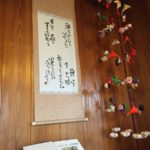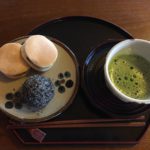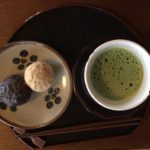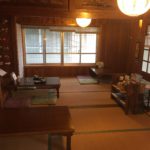If you have read any previous posts, you are probably aware of my love (obsession?) with Japanese-style sweets. So this will be yet another entry dedicated to the wonderful world of Japanese sweets.
Today is about taiyaki たい焼き and dorayaki どら焼き. Neither of these are especially popular in Okinawa, and are probably a little more common on the mainland, however there are some places in Okinawa to find these tasty treats.
Taiyaki is a fish-shaped pastry with a filling inside, usually sweet bean paste (an). There is the traditional type, with many different filling choices, at a small stall in the basement food (depachika デパ地下) floor of Ryubo department store in Naha (also known as Palette Kumoji). My favorite is probably the kinako きな粉 (toasted soy bean); it is creamy kind of like peanut butter inside. There is also a new fad of “croissant taiyaki,” (クロワッサンたい焼) which is a flaky twist on the traditional favorite. This is actually easier to find in Okinawa since it is sold by the chain takoyaki store, Gindaco 銀だこ. I prefer the traditional style, but the croissant taiyaki is okay, too. Whenever the Kyoto products fair comes through the stores, there is almost always the Le Mans booth which sells many flavors of this croissant-style taiyaki– I like this better than the Gindaco ones, personally.
**Recently, I have had an incredibly delicious taiyaki at Amane 天音 near Kichijoji station in Tokyo! I 100% recommend stopping by and trying it if you are ever in that area!
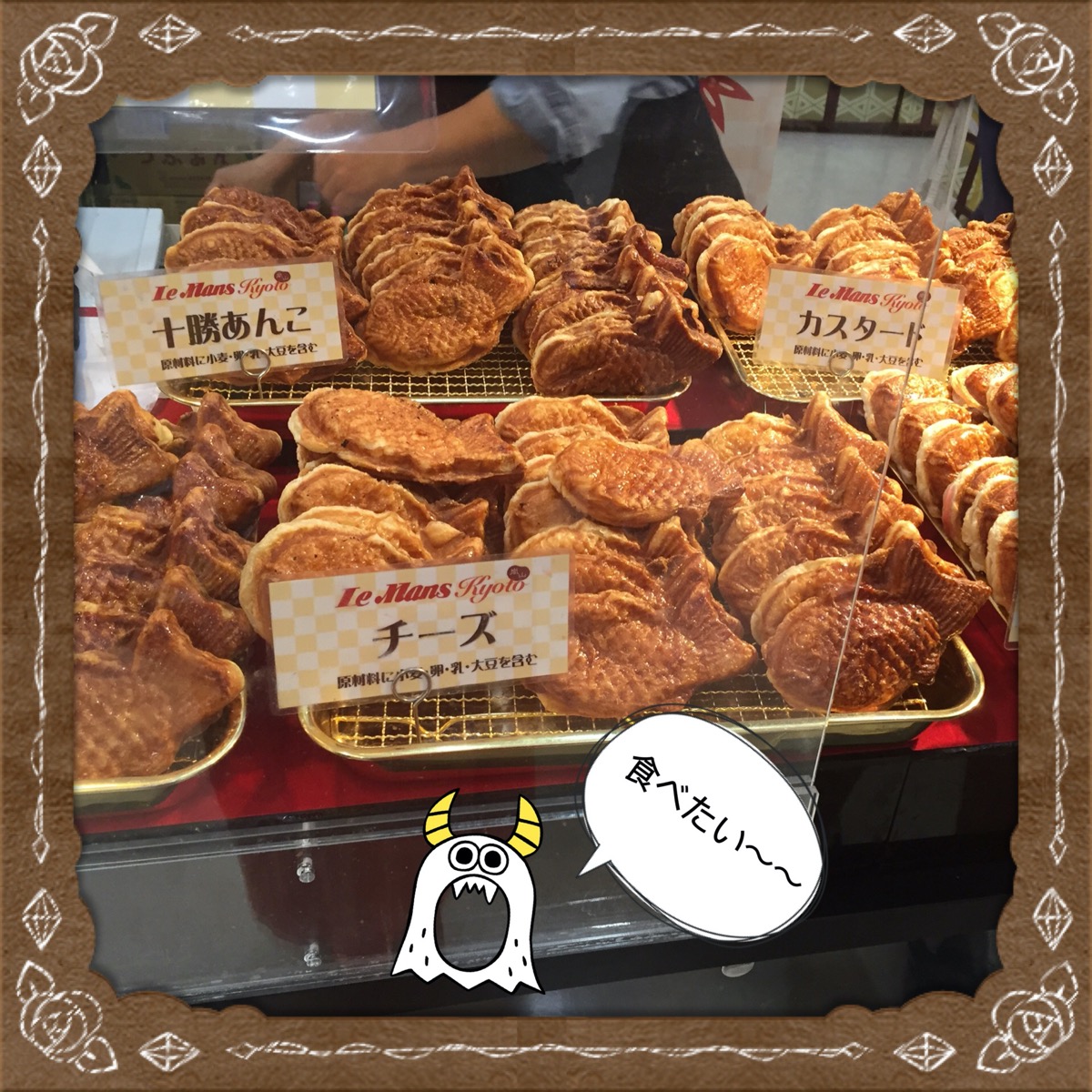
Dorayaki is like 2 little tasty pancakes with a filling between them, again, usually sweet bean paste. But they are not quite pancakes or hotcakes… they usually have more pockets of air creating a nice fluffy texture, and the batter is usually sweetened with honey. These are ALL over, you can even find these in the convenience stores (like Lawson)! Some are even “Okinawa-style” since they use Okinawan kokutou 黒糖 (brown sugar). I will have to think about where my favorites are located… probably just the small booth that sets up outside the local grocery store once a month since there are always so fresh!
You can also find some small dorayaki at a specialty shop that also sells ohagi: here.
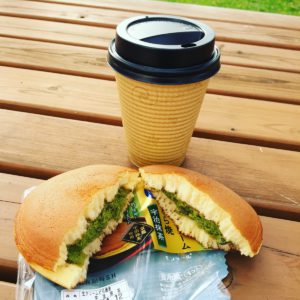
Culture note: Some people say how you eat taiyaki tells about your personality:
The person who eats the head first is an optimist.
The person who eats the tail first is a romantic and detail-oriented.
The person who eats the fin first is sensitive.
The person who eats by tearing it in half is a man of action.
A majority of people seem to eat the head first, but funny enough I usually eat the tail first.
